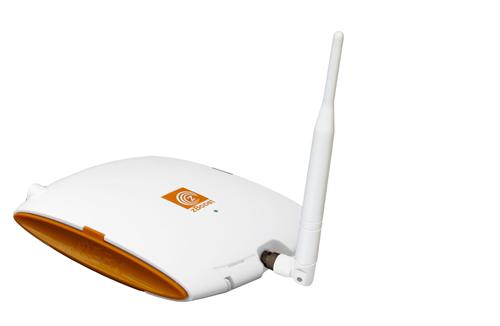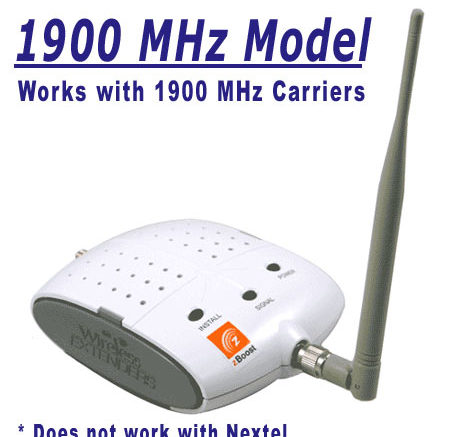This Wi-Ex YX500 cell booster was all the rage way back in the late ’00s. It worked well with the older-style analog cell phones and anything else that used the 1900MHz band that was used for voice back then. AT&T still uses the 1900MHz band, but they more commonly use the 850MHz band for their 5G broadcasts. The data I was able to find suggests that Verizon still uses it too. Today the world has changed and if you’re going to boost your signal you need something that not only covers the 1900MHz band, but the four other bands most commonly used by voice and data services. Today, one band just won’t cut it.
So what can you do with a very old cell booster?
Unfortunately not much. Like most older technology today, it’s not designed to be repaired or upgraded. That means, even if its fancy electronics work perfectly, it’s practically useless today. However, a lot of older cell boosters are still usable because the frequencies they boost are still in use.

If you have a dual-band cell booster like this old YX545, believe it or not it will still work and work well, depending on which carrier you have. It boosts the 800 and 1900MHz bands. This means that you should be able to get some results from it. AT&T uses those frequencies for 5G, although Verizon and T-Mobile generally don’t.
If you bought an LTE-only booster at some point in the 2010s, it will still work too. For the most part, all carriers use the same frequencies for LTE that they used then. You won’t get 5G, but you will get something.
The issue is that you won’t get everything
You probably don’t want to do hours of research to figure out whether or not that booster will work for you on a day-by-day, place-by-place basis. You could try it and see if it does what you want it to, and that’s probably the only thing you can do.
At issue here is that you just don’t know what frequencies are being used. It’s likely to change depending on where you are, and even to some degree depending on how many people are using cell service at that moment. That old booster won’t be able to keep up. Like every other cellular-related thing you used back in 2009, it’s not something you’d want to use today. (Remember that Blackberry you had in 2009? Would you want to use that today?)
We’re just now starting to see the use of mid-band and millimeter-wave frequencies for 5G. It could be years, if ever, before we see consumer boosters for those frequencies, so the frequencies you use today will continue to be in use for a while. You just won’t know which ones are being used without a cell meter.
So, the best thing to do is responsibly recycle it. At the very least, you’re not putting toxic chemicals into the ground and the raw materials, the plastic and silicon and whatnot, can be used in something else, something that you might actually want to buy.
Get a new cell phone signal booster from Solid Signal
A cell booster made over a decade ago has had a good life. Today’s boosters are more futureproof, and you should expect to get up to a decade of life from them, possibly more. We know today that it takes 3-5 years for new frequency allocations to really take effect, and right now there are no new frequencies being applied for. You shouldn’t have to worry about mid-band or millimeter-wave frequencies for a while. So this is a perfect time to get a new booster.
Shop at Solid Signal for the best selection from all the top brands. If you’re not sure what you want, call the experts! We’re here for you at 888-233-7563 during East Coast hours. If it’s after hours, no problem! Fill out the form below and we’ll get right back to you.





